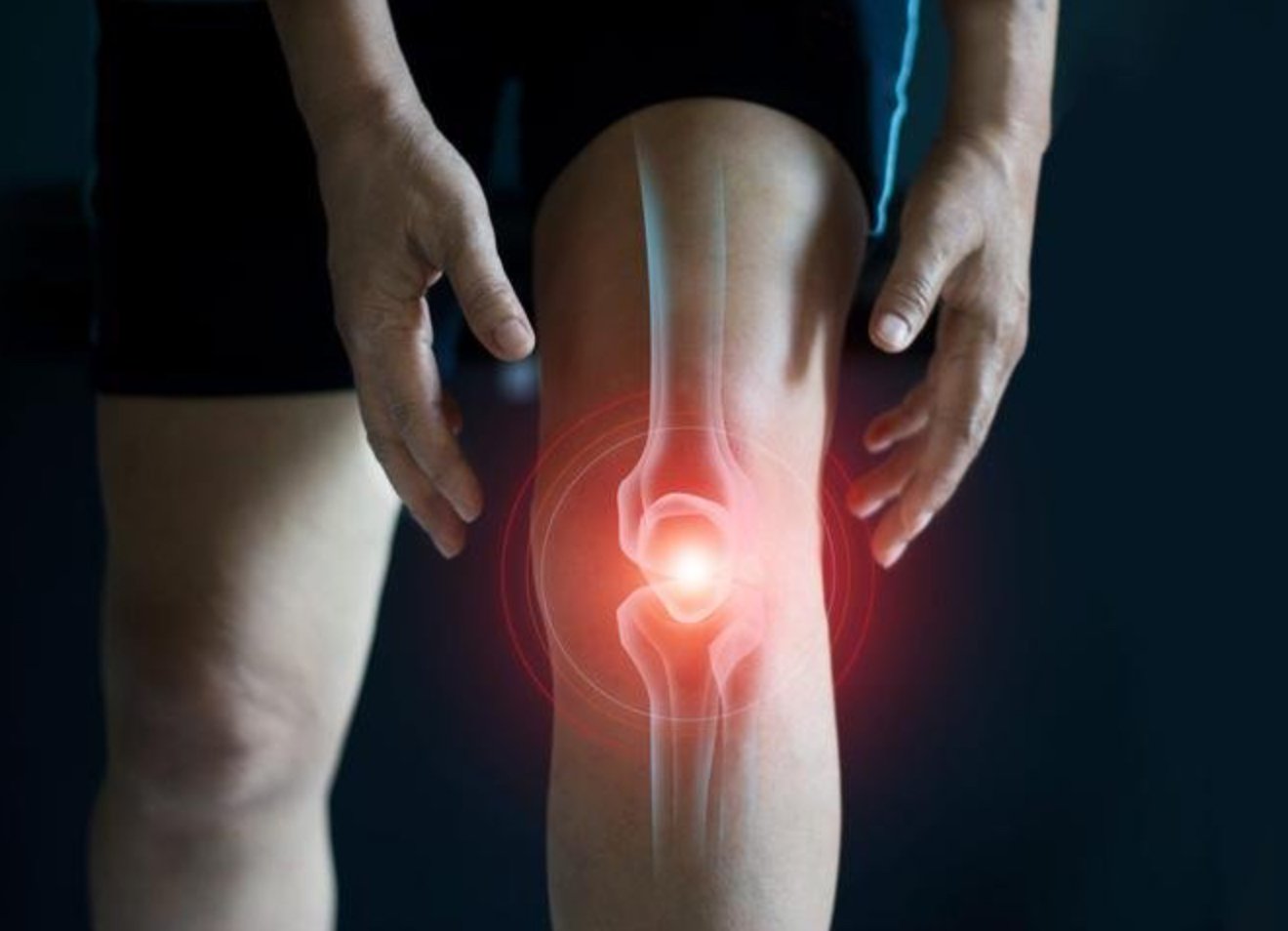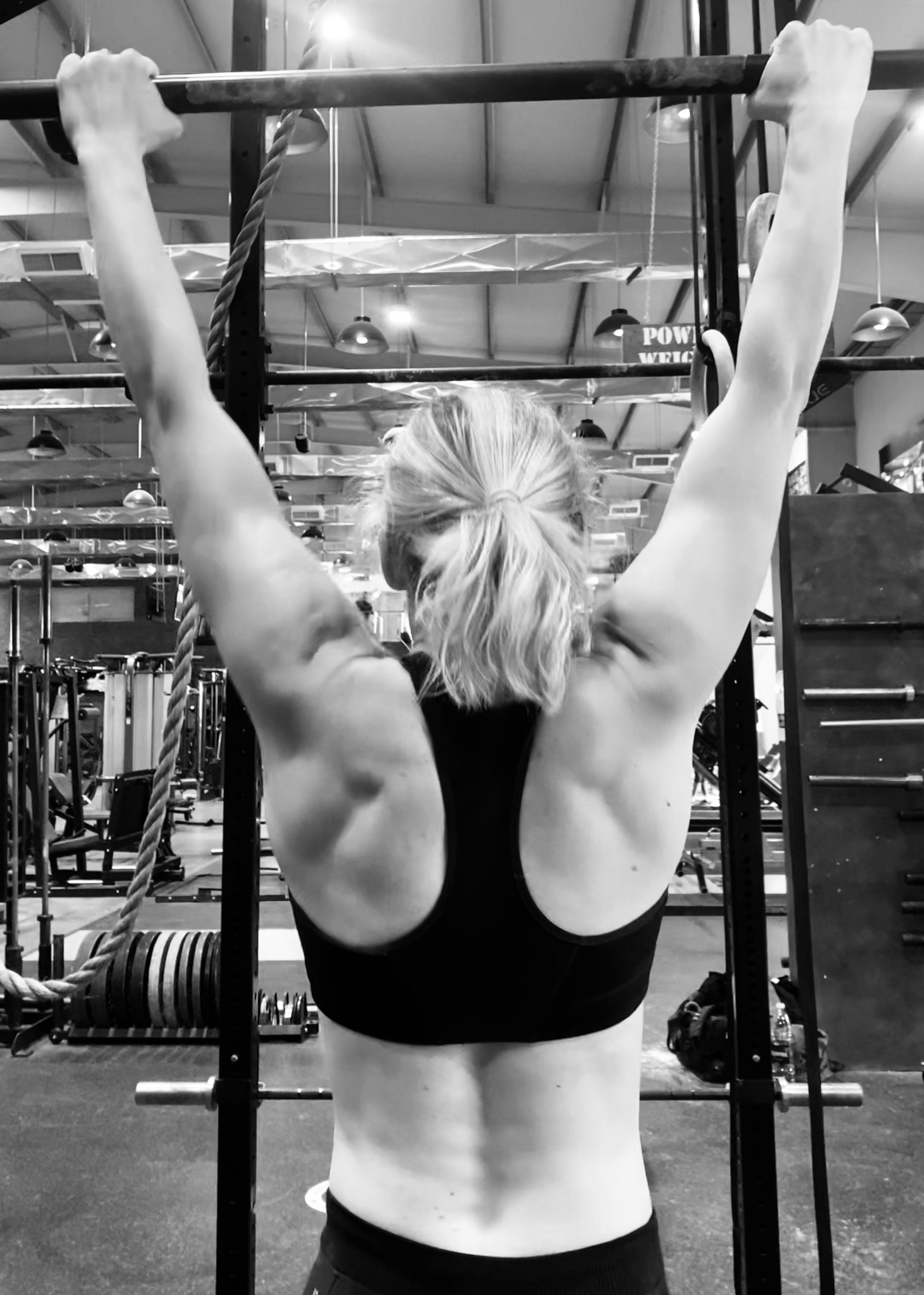
Physiotherapy: Expectations vs Reality
You expected a full rehab plan — not 15 minutes, a vibrating crystal, and a generic handout. At Poseidon Performance in Dartmouth, we integrate physiotherapy, strength & conditioning, and clinical rehab to help you rebuild strength and move pain-free for life.

Rethinking the McGill Big 3: From Spine Sparing to Confidence Building in Low Back Pain Rehab
Many rehab professionals rely on the McGill Big 3 to treat low back pain — but is this doing more harm than good? This blog challenges outdated spine-protection narratives, offers modern pain science insights, and shows how to move clients from fear to freedom with intelligent, adaptable coaching.

Rebuilding Strength and Confidence: Exercise and Rehabilitation After Breast Cancer
Cancer is life-changing, but recovery doesn’t stop when treatment ends. Here’s how rehabilitation and the right kind of exercise can play a powerful role in your physical, emotional, and long-term recovery after breast cancer.

Rebuilding After Prostate Cancer: Strength, Confidence, and Control Through Rehabilitation
From muscle loss and fatigue to urinary issues and low confidence—life after prostate cancer treatment can be tough. Here’s how rehabilitation and structured exercise can help you regain strength, control, and quality of life.

Do Labral Tears Need Surgery?
Labral tears — whether in the shoulder or hip — are often met with anxiety and assumptions that surgery is inevitable. But is that really the case? While some labral tears do require surgical repair, many can be effectively managed with structured rehabilitation, improved biomechanics, and progressive loading. In this article, we explore when labral surgery is necessary, when it’s not, and what the best path to recovery looks like.

Do Meniscus Tears Need Surgery?
Meniscus tears are one of the most common knee injuries, affecting both athletes and older adults alike. But do all meniscus tears require surgery? The short answer is: not always. The treatment path depends on several factors, including the type of tear, your age, activity level, and overall joint health. This article breaks down when surgery is necessary, when it isn’t, and how to return to full strength safely.

IIs Pentadeca-Arginate (PDA) the Next Generation of BPC-157? A Smarter, More Stable Healing Peptide You’ve Never Heard Of
What Is BPC-157 and Why Has It Been So Popular?
BPC-157, a 15-amino acid peptide derived from a protein in human gastric juice, exploded in popularity for its reported ability to accelerate tissue repair, reduce inflammation, and support gut healing. But its major limitation? Poor oral bioavailability — it breaks down quickly in stomach acid, often requiring subcutaneous injections.
What Is Pentadeca-Arginate (PDA)?
Pentadeca-Arginate (PDA) is a synthetic peptide with the same number of amino acids as BPC-157, but with a critical difference: it includes an arginine modification that makes it far more stable in acidic environments. That means it could be more effective when taken orally — no needles required.

Do Herniated Discs Need Surgery?
If you’ve been diagnosed with a herniated disc, you might be wondering if surgery is inevitable. The good news? Most don’t need it. In fact, the majority of disc herniations improve with structured rehabilitation, not scalpels.
Let’s break down who needs surgery, who doesn’t, and how to get back to pain-free movement.

8 Proven Ways to Prevent and Manage Joint Pain After 50
As we age, joint pain can become a common issue that impacts our ability to stay active and enjoy life. However, with the right strategies, it’s possible to prevent and manage joint discomfort, allowing you to maintain mobility and strength well into your later years. This article will explore effective ways to keep your joints healthy and pain-free after 50.

Bonnie Chivers: A Journey of Resilience Through Sports and Rehabilitation
Bonnie Chivers is no stranger to resilience. A dedicated teacher and mother of two young boys, aged 3 and 5, she has always managed to balance the demands of her career and family life with her deep passion for sports. From a young age, Bonnie’s athletic spirit pushed her to compete at a high level, excelling in various sports, including rugby, hockey, netball, and Gaelic football. She played rugby at a regional level, a sport that requires both physical and mental toughness, and was an integral part of the Dartmouth Gig Club’s hockey team. In addition, her participation in netball for the Bahrain Rugby Club and Gaelic football showcased her versatility as an athlete and her willingness to embrace challenges across different sports.

Firefly Portable Recovery Device: 7 Key Benefits for Faster, Effective Recovery
In the world of fitness and sports performance, recovery is just as important as the workout itself. Proper recovery not only allows athletes to train harder but also reduces the risk of injury and enhances overall performance. One tool that has garnered attention in recent years for its effectiveness in aiding recovery is the Firefly Portable Recovery Device.
This compact, wearable device is designed to stimulate neuromuscular activity, helping to accelerate the recovery process in a non-invasive, drug-free manner.

The Top Benefits of Normatec Compression Therapy for Recovery and Performance
Normatec compression therapy is a cutting-edge recovery tool that has gained popularity among athletes, fitness enthusiasts, and those seeking to optimize their health and performance. Using dynamic air compression, Normatec mimics the natural muscle pump, promoting circulation and accelerating recovery. Here’s an overview of the key benefits of Normatec compression therapy and how it can help you recover faster and perform at your best.

Harriet Jellett: Overcoming a Spiral Fracture to Cycle Paris-Nice with Poseidon Performance
Harriet Jellett, a remarkable woman in her late 60s, embodies resilience and strength. Despite facing numerous physical challenges, including a spiral fracture of her femur—one of the most severe injuries in cycling—Harriet has never allowed adversity to deter her passion for staying active. Her story is not just one of recovery but also of pushing boundaries and inspiring others along the way.

Philippa Mains’ Return to Peak Equestrian Performance After Vertebral Fracture – A Poseidon Performance Case Study
Philippa Mains, an international equestrian and Olympic hopeful in 3-day eventing, faced a critical setback when she fractured a vertebra. A seasoned competitor with ambitions of representing her country at the highest level, Philippa’s career trajectory seemed uncertain after the injury. This complex situation required a comprehensive approach, focusing on rehabilitation, fitness, weight management, and mental resilience to return to peak performance.

Chronic Back Pain to Strength: How Laurence Beuker Became Pain-Free and Deadlifted Her Bodyweight
Laurence Beuker, originally from Belgium, is a mother of three who endured over three years of debilitating chronic back pain. Her condition had progressed to the point where she could barely walk without significant discomfort, limiting her ability to engage in everyday activities and, most importantly, be fully present for her children.

Brachiating. A.K.A: The Dead Hang
Benefits of the Dead Hang for Rehabilitation
According to Dr. Kirsch, the hang is good for people with shoulder impingement and even rotator cuff injuries. Here’s why:
Apart from stretching the brachial arteries, the hang also stretches and strengthens the supraspinatus tendon. This is the tendon that’s mainly responsible for shoulder strength, mobility, and endurance.
Athletes with shoulder impingement syndrome suffer from painful entrapment of soft tissue whenever they elevate the arm. The pathological mechanism is a structural narrowing in the subacromial space. When you raise your arms forward, the supraspinatus tendon gets pinched between the coracoacromial arch and the humeral head and greater tuberosity of the humerus. That’s where the pinching sensation comes from when you try to raise an injured or compromised shoulder.
When the arms are raised straight up as in the dead hang, the humerus presses into the acromion (a bony extension of the shoulder blade). This gives the tendon room to move and stretch without getting pinched. This allows you to exercise, stretch, and reshape this tendon and the surrounding muscles and bones improving mobility while reducing pain
The more you do the dead hang or brachiating, the better and stronger your shoulders will be. It opens up the shoulder muscles and increases their range of motion. This means you can now flex your shoulders across a larger radius, without it feeling like a struggle.


